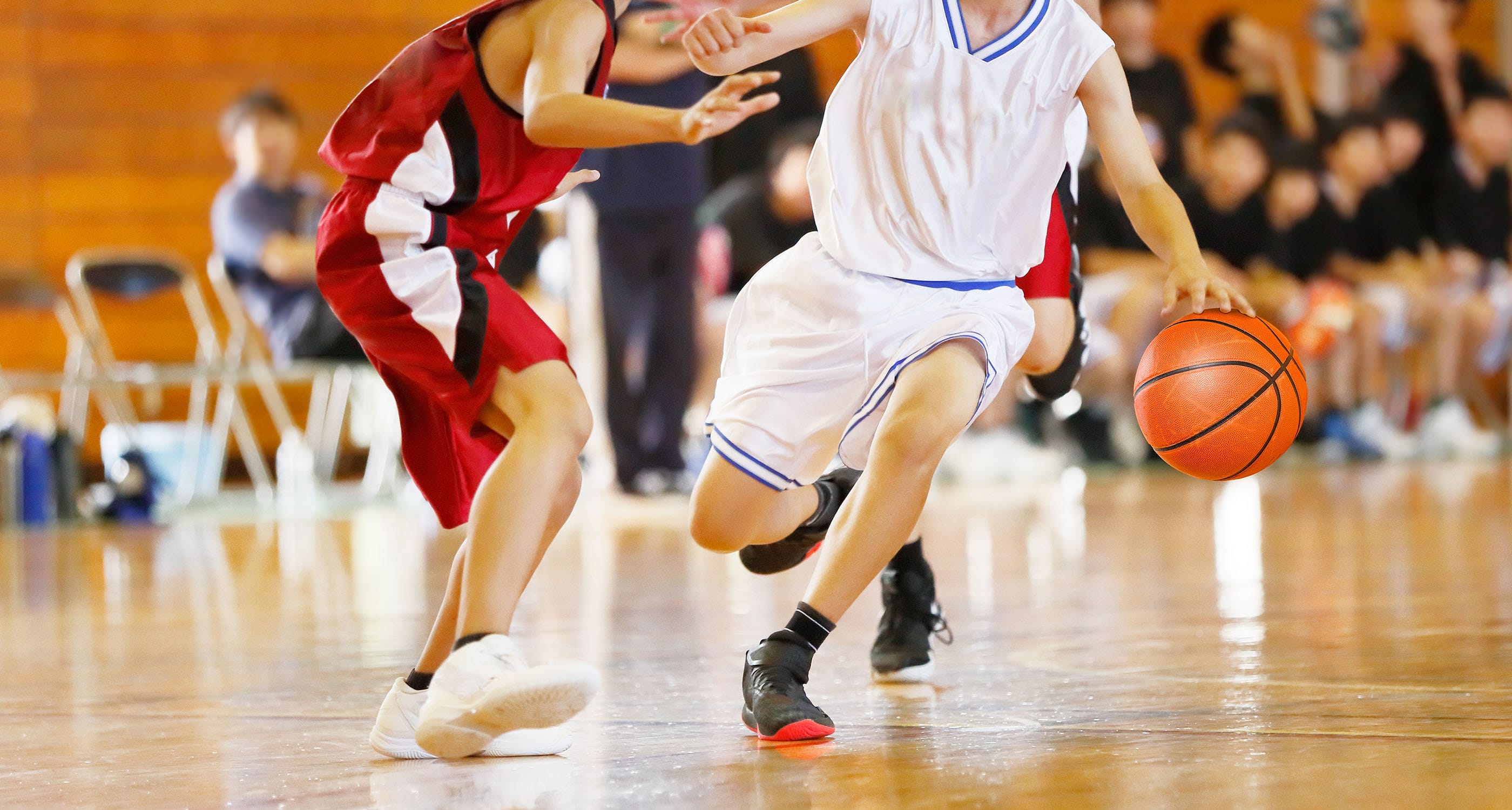Some common injuries in basketball include ankle sprains Jumpers knee, stress fractures, jammed fingers and corked thighs (also known as quadriceps contusion and charley horse).
Injuries such as jammed fingers and corked thighs are often unavoidable and it is important that you appropriately treat and manage the injuries early and effectively to ensure safe and swift return to sport.
Injuries such as ankle sprains or tendinopathies are more likely associated with training volume, personal gear and poor technique. We will discuss these aspects and how we can manage them below.
At the clinic we see many adolescents with knee issues relating to kneecap tracking and femoral/tibial rotational dysfunction. This is particularly noticeable in sports that involve a lot of jumping, running and sprinting. Too much or too little rotation at the knee and/or hip can cause non optimal joint loading during vertical jumps and landings. This can be particularly worse in adolescents going through their growth spurts.
I have sat through many kids and adolescent basketball games to only cringe when I see their knees roll in too much as they run, jump, and perform their training drills. The thing is, they may not complain of any pain or discomfort in the beginning, but as the repetitions continue to escalate their bodies will start to experience some wear and tear. If you see this happening with your family member or friend, bring them in for an assessment to prevent future injury.
It is suggested that footwear with air cells is likely to increase the risk of ankle sprain, and taking time off a season a year is good practice to avoid overuse injuries such as tendinopathy. Often with the busyness of life this isn’t possible or even wanted. This increases the importance of self management. The more you use your body, the more you need to look after it (stretching – both static and dynamic, rolling out with spikey balls or rollers, icing, heating, scheduling sports training sessions and games so as not to overload the body).
It is important to be hydrated, warm up and maintain optimal flexibility to be fit for training and games. Doing squats and calf raises (with good technique – if you remember our previous articles) will improve your vertical jump, however this should progress gradually and be accompanied by plenty of stretching in the quadriceps, hamstrings and calf. A combination of taping, bracing and neuromuscular/balance training has been found to be the best prevention for recurrent ankle sprains.
If you have a niggly knee, hip or ankle that hasn’t gone away, don’t let that niggle hold back your performance or worse, be the cause of your next injury. As they say, prevention is the best intervention, so come in and talk to us!


